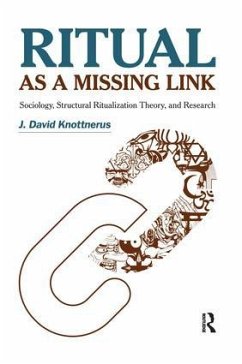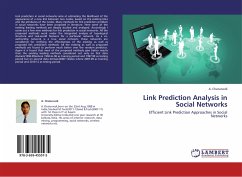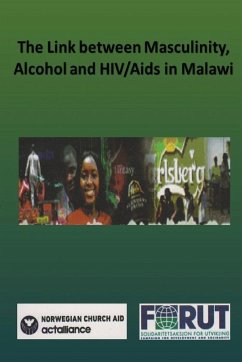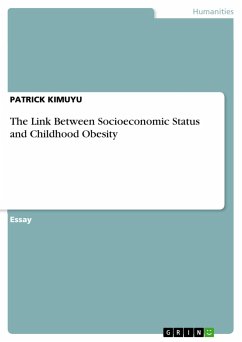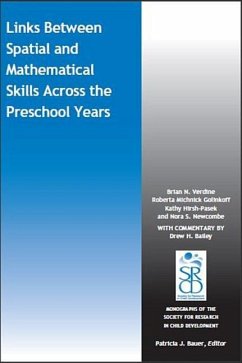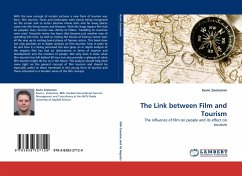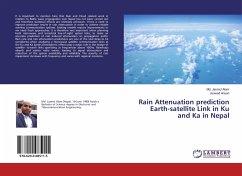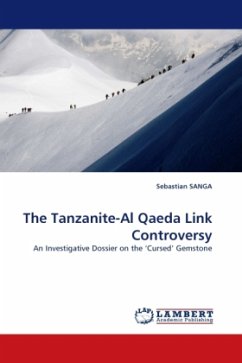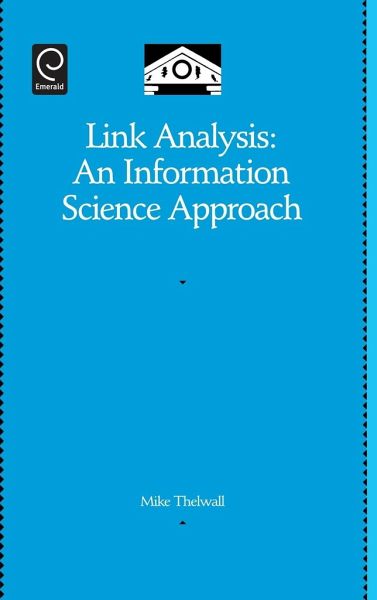
Link Analysis
Versandkostenfrei!
Versandfertig in 1-2 Wochen
127,99 €
inkl. MwSt.

PAYBACK Punkte
64 °P sammeln!
Main description:The web is central to many human activities and infringes on many others: at home, and at work, including education and research. Links between web sites can be used in information science and social science research as a valuable source of evidence about online phenomena, and about online components of offline phenomena. Given a set of websites, the links between them many reveal interesting patterns of connectedness that could reflect issues of underlying human communication or information value. Link analysis is therefore a valuable tool for information science and social s...
Main description:
The web is central to many human activities and infringes on many others: at home, and at work, including education and research. Links between web sites can be used in information science and social science research as a valuable source of evidence about online phenomena, and about online components of offline phenomena. Given a set of websites, the links between them many reveal interesting patterns of connectedness that could reflect issues of underlying human communication or information value. Link analysis is therefore a valuable tool for information science and social science researchers investigating the web, or other phenomena with an offline component. This book provides methods, guidelines and examples to guide researchers and students through a research project, in addition to reviewing a considerable body of previous work.
- Contains a complete link analysis methodology for information science and social science research.
- A strong online component includes software and instructions to allow complete link analyses (http://linkanalysis.wlv.ac.uk).
- Case studies include academic, business and commercial search engine applications.
- Practical chapters describe a range of related methods, software and data sources.
Review quote:
"It gives a readable overview of the results achieved so far and of research trends based on the information science approach to link analysis. I highly recommend the book - personally I enjoyed reading it very much." - Judit Bar-Ilan, Information Processing and Management Vol 42, Issue 1, 2005
Table of contents:
Part I: Theory. Introduction. Web Crawlers and Search Engines. The Theoretical Perspective for Link Counting. Interpreting link counts: Random samples and correlations. Link structures in the web graph. The content structure of the web. Universities: Link types. Universities: Link models.
Universities: International links. Departments and subjects. Journals and articles. Search engines and web design. A health check for Spanish universities. Personal web pages linking to universities. Academic networks. Business web sites.
Using commercial search engines and the Internet Archive. Personal crawlers. Data cleansing. Online university link databases. Embedded link analysis.
Social Network Analysis. Network visualizations. Academic link indicators. Summary. Glossary.
The web is central to many human activities and infringes on many others: at home, and at work, including education and research. Links between web sites can be used in information science and social science research as a valuable source of evidence about online phenomena, and about online components of offline phenomena. Given a set of websites, the links between them many reveal interesting patterns of connectedness that could reflect issues of underlying human communication or information value. Link analysis is therefore a valuable tool for information science and social science researchers investigating the web, or other phenomena with an offline component. This book provides methods, guidelines and examples to guide researchers and students through a research project, in addition to reviewing a considerable body of previous work.
- Contains a complete link analysis methodology for information science and social science research.
- A strong online component includes software and instructions to allow complete link analyses (http://linkanalysis.wlv.ac.uk).
- Case studies include academic, business and commercial search engine applications.
- Practical chapters describe a range of related methods, software and data sources.
Review quote:
"It gives a readable overview of the results achieved so far and of research trends based on the information science approach to link analysis. I highly recommend the book - personally I enjoyed reading it very much." - Judit Bar-Ilan, Information Processing and Management Vol 42, Issue 1, 2005
Table of contents:
Part I: Theory. Introduction. Web Crawlers and Search Engines. The Theoretical Perspective for Link Counting. Interpreting link counts: Random samples and correlations. Link structures in the web graph. The content structure of the web. Universities: Link types. Universities: Link models.
Universities: International links. Departments and subjects. Journals and articles. Search engines and web design. A health check for Spanish universities. Personal web pages linking to universities. Academic networks. Business web sites.
Using commercial search engines and the Internet Archive. Personal crawlers. Data cleansing. Online university link databases. Embedded link analysis.
Social Network Analysis. Network visualizations. Academic link indicators. Summary. Glossary.



